Best High-Speed Internet Providers of 2024
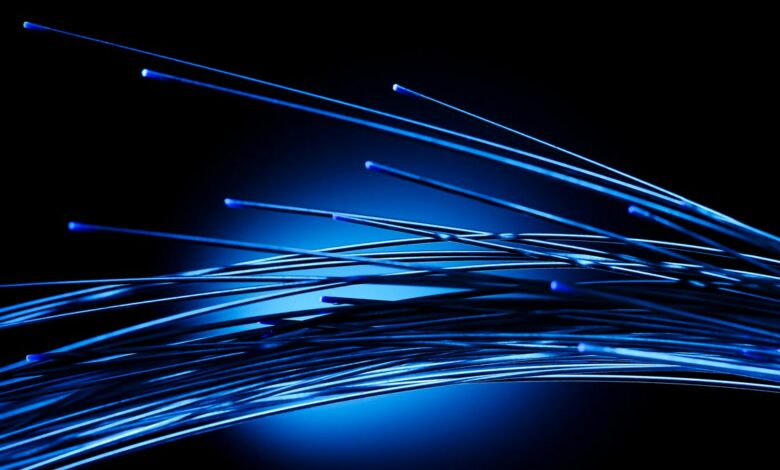
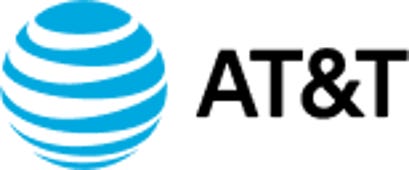




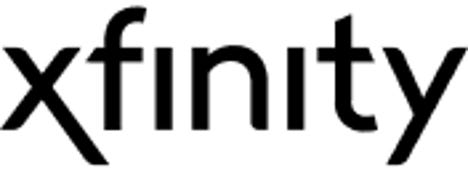


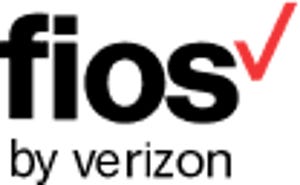
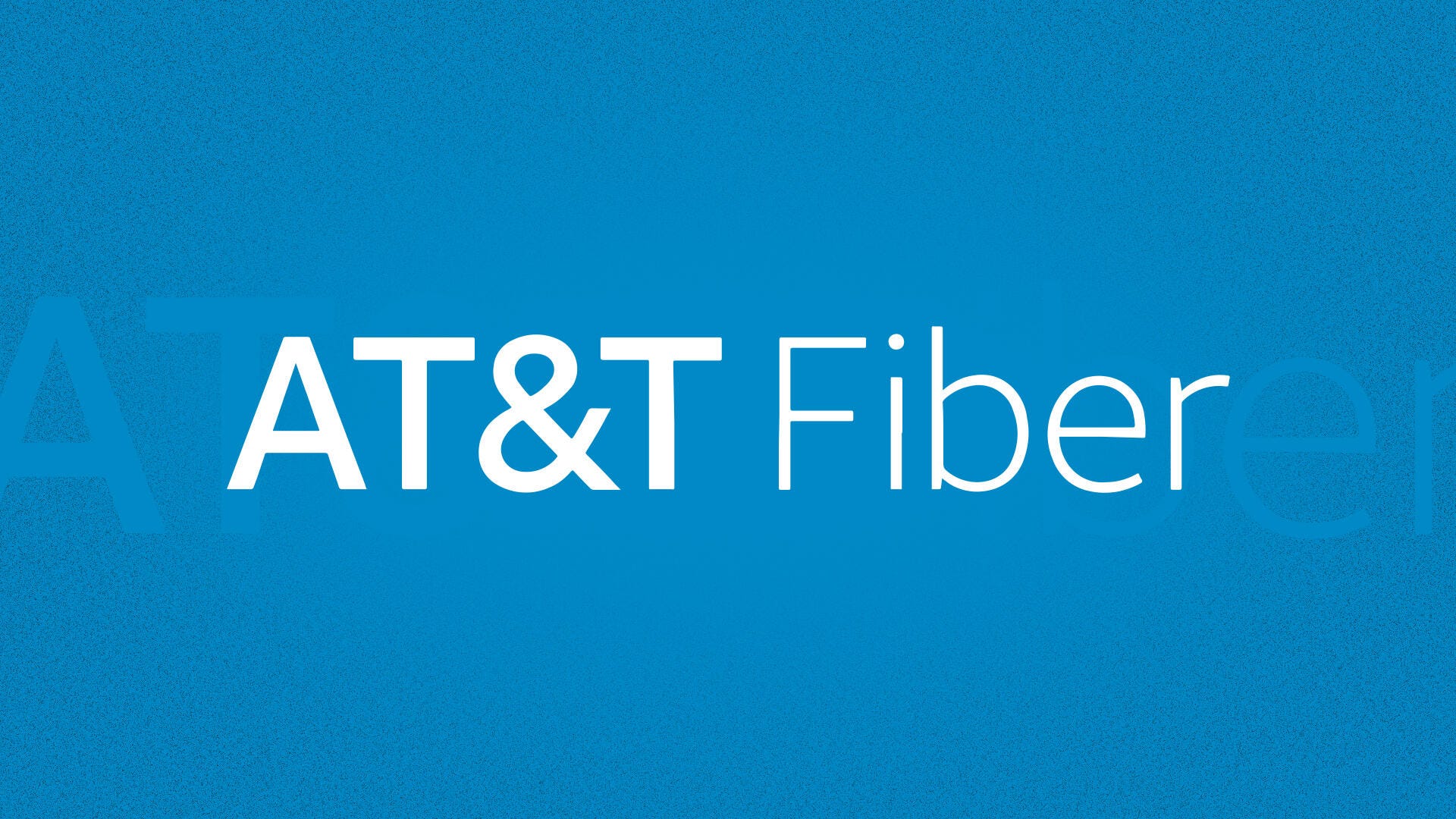
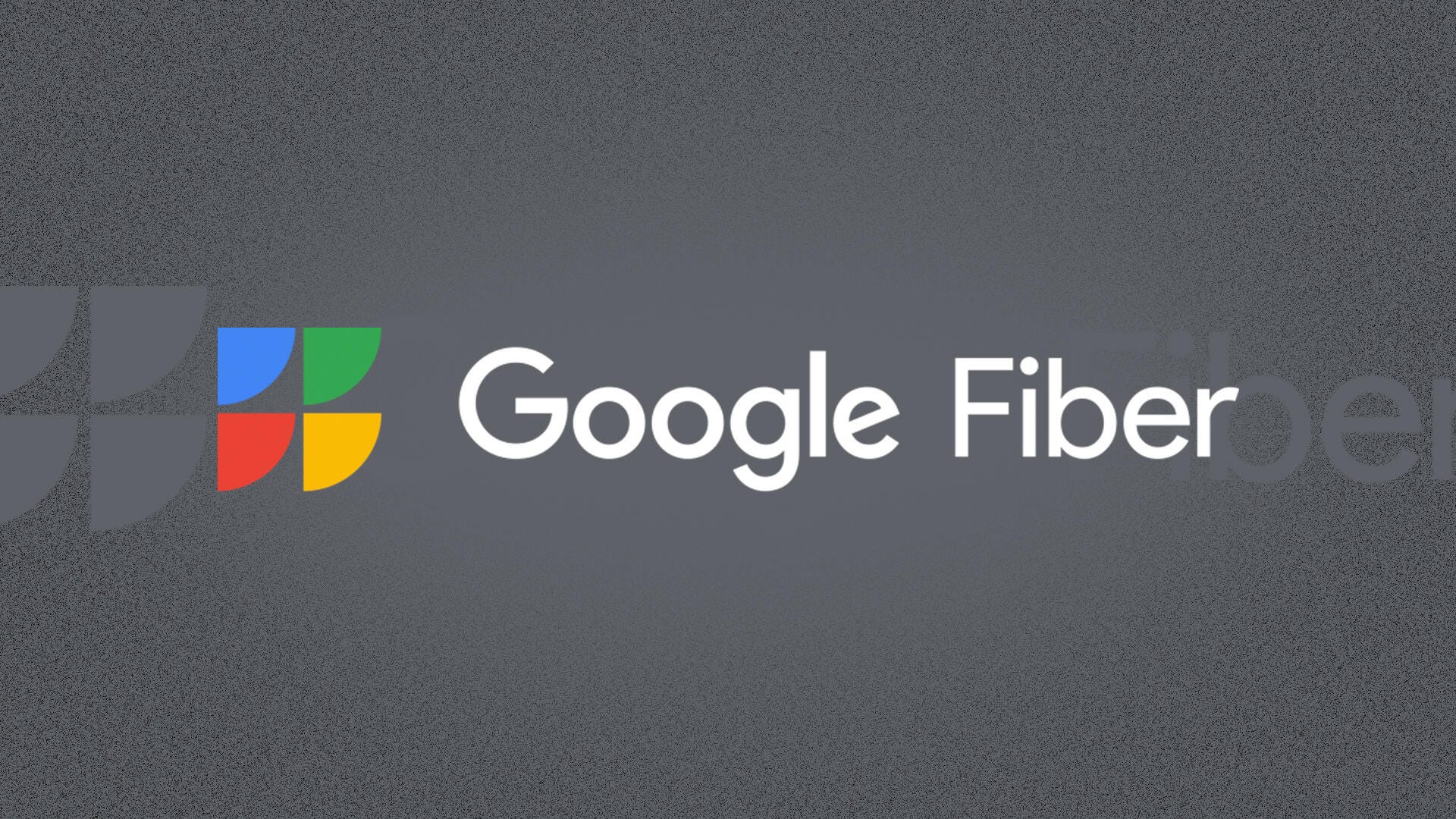
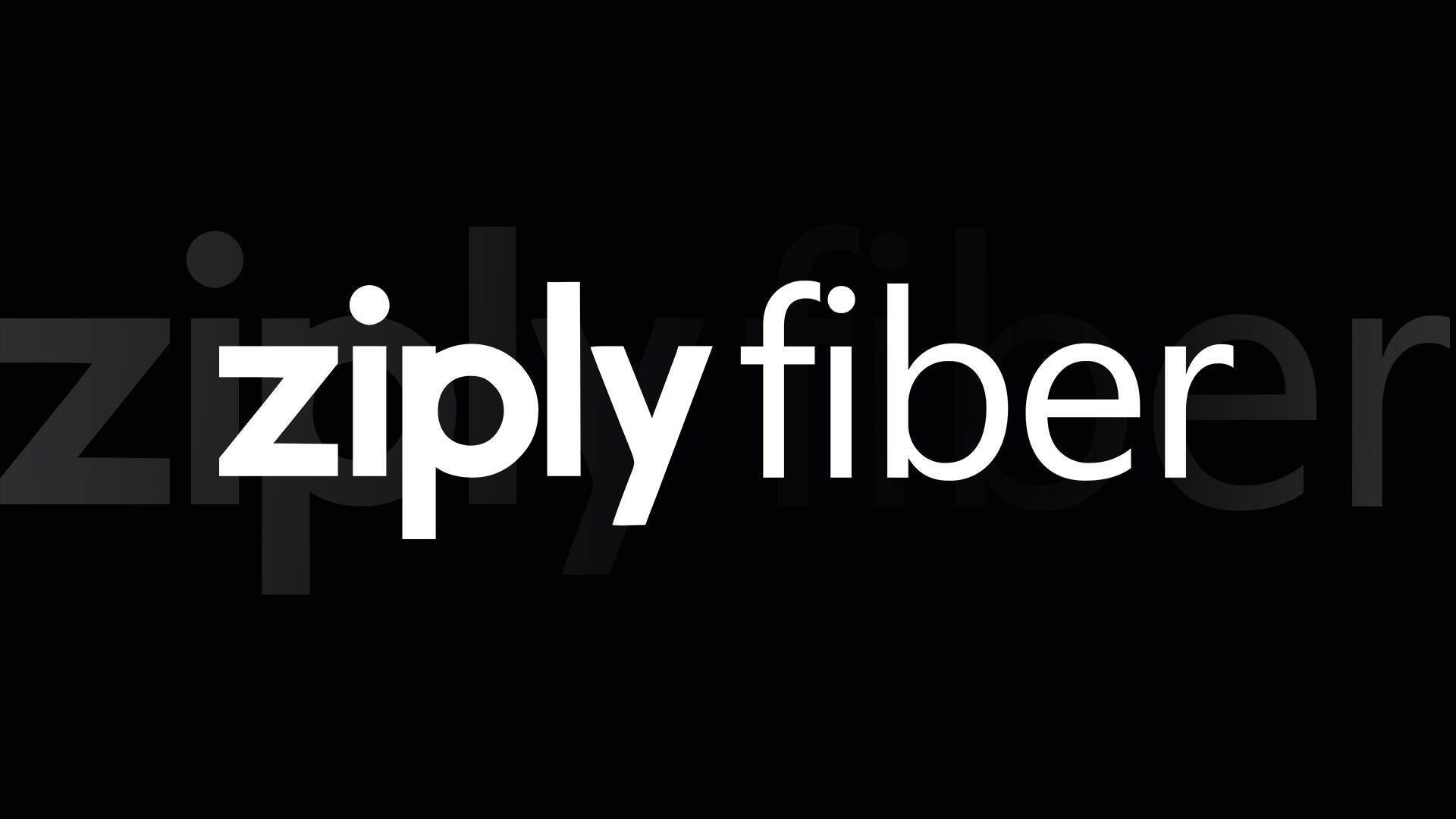
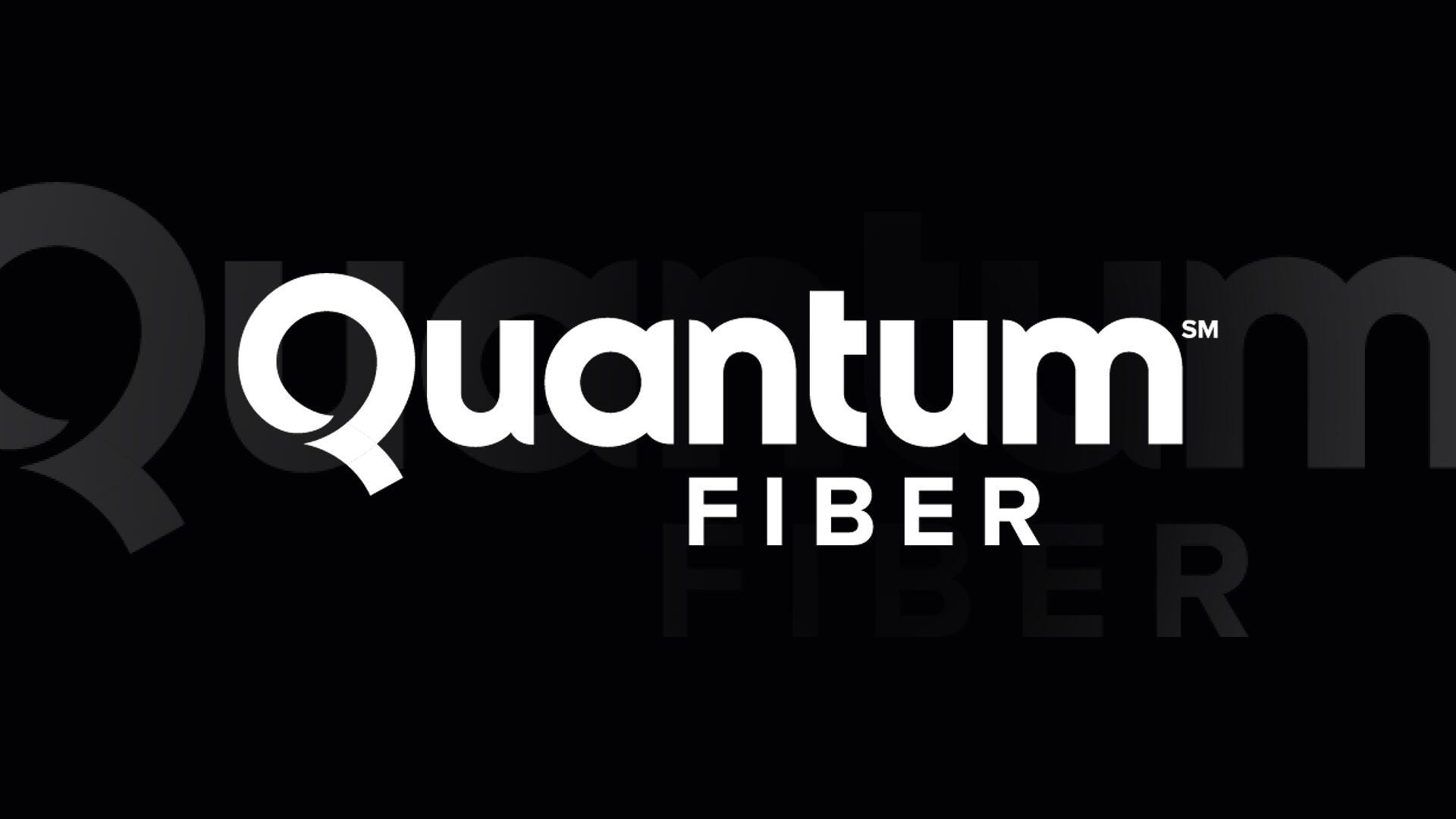

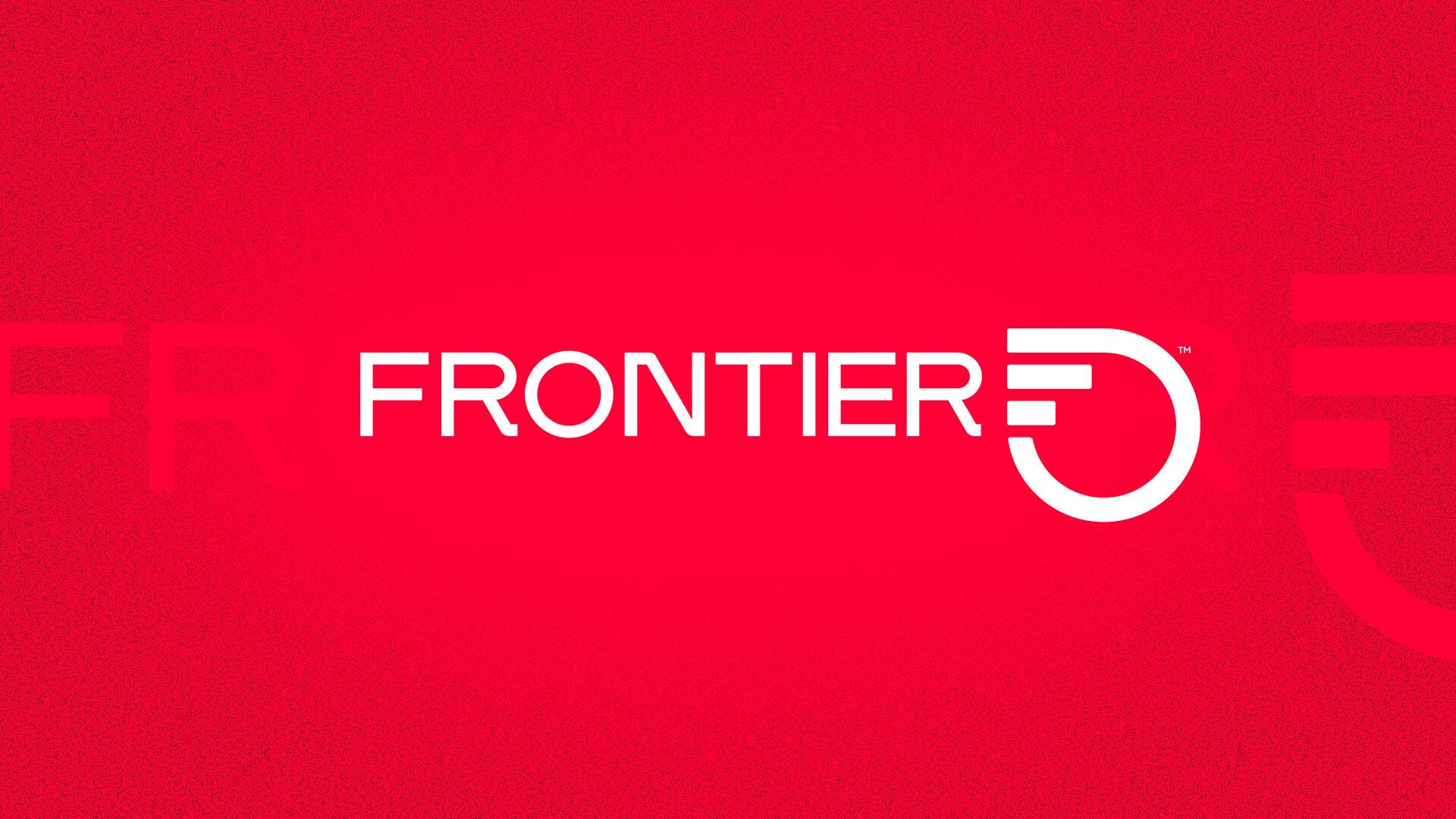
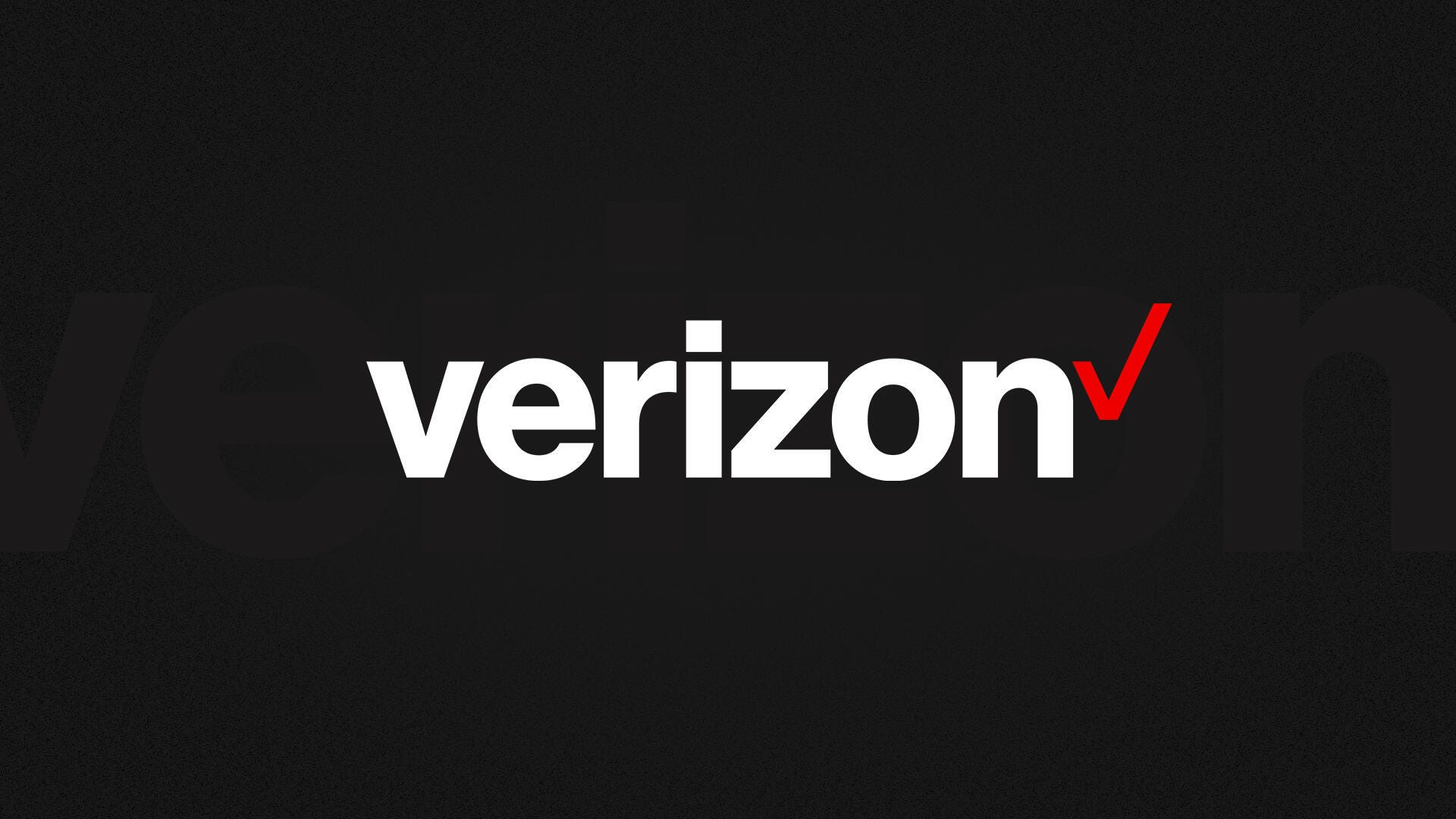








- Prices: $55 – $250 per month
- Speeds: 300 – 5,000Mbps
- Key Info: Unlimited data, no contracts, equipment included
- Prices: $70 – $150 per month
- Speeds: 1,000 – 8,000Mbps
- Key Info: Unlimited data, no contracts, equipment included
- Prices: $20 – $900 per month
- Speeds: 100 – 50,000Mbps
- Key Info: Unlimited data, no contracts, fast rural internet connection
- Speeds: 200 – 8,000Mbps
- Prices: $30 – $165 per month
- Key Info: Unlimited data on some plans, low price increase
- Prices: $20 – $300 per month
- Speeds: 150 – 6,000Mbps
- Key Info: Lots of plan options, solid customer satisfaction numbers, data caps on some plans
- Prices: $50 – $155 per month
- Speeds: 500 – 5,000Mbps
- Key Info: Unlimited data, no contracts, no equipment fee
- Prices: $50 – $70 per month
- Speeds: 85 – 1,000Mbps
- Key Info: Unlimited data, no contracts, free equipment, 50% discount for qualifying Verizon mobile customers
- Prices: $50 – $120 per month
- Speeds: 300 – 2,000Mbps
- Key Info: Unlimited data, no contracts, free equipment with gig service
What’s the best high-speed internet provider?
Fiber internet providers typically present the fastest upload and download speed potential along with the best reliability. AT&T Fiber, for example, has the fastest Ookla speed test results while Ziply Fiber offers the fastest plan, up to 50,000Mbps, and Verizon Fios boasts 99.9% reliability.
Fiber availability is limited. If your address is not serviceable for fiber internet, look to cable providers such as Astound, Cox, Spectrum and Xfinity for high-speed internet. Fixed wireless and 5G internet may also be an option, but available speeds can vary by location and provider.
I’ve included fiber, cable and fixed wireless ISPs in my picks for the best high-speed internet providers below. In addition to fast speeds, the featured providers were selected for their multistate availability, plan selection, unlimited data and overall value.
Best high-speed internet service providers

300 – 5,000 Mbps
$55 – $250 per month
Our take – Cable providers historically had faster speed test results than fiber because fiber ISPs often have a DSL or fixed wireless service slowing down their averages. Once Ookla began separating fiber from non-fiber services, AT&T Fiber shot to the top with median download speeds of around 349Mbps.
300 – 5,000 Mbps
$55 – $250 per month

1,000 – 8,000 Mbps
$70 – $150 per month
Our take – If you’re interested in gig internet, which offers speeds of 1,000Mbps and higher, there is perhaps no better option than Google Fiber. Plans start at 1,000Mbps.
1,000 – 8,000 Mbps
$70 – $150 per month

100 – 50,000 Mbps
$20 – $900 per month
Our take – Ziply Fiber, a regional provider serving parts of Idaho, Montana, Oregon and Washington, recently became the fastest provider in the US by releasing an incredibly fast 50Gbps plan.
100 – 50,000 Mbps
$20 – $900 per month

200 – 8,000 Mbps
$30 – $165 per month
Our take – Quantum Fiber is currently offering a price-for-life guarantee, locking in your monthly internet rate for as long as you keep your plan. That’s not to say what you pay will never go up — taxes, fees and such are subject to change at any time — but your internet rate will not increase. So, if you sign up for 500Mbps at $50 a month, the monthly rate for 500Mbps will stay at $50.
200 – 8,000 Mbps
$30 – $165 per month

150 – 6,000 Mbps
$20 – $300 per month
Our take – Xfinity offers the fastest maximum speeds of any major cable internet provider with 1,200Mbps and 2,000Mbps available in select areas. Xfinity’s Gigabit X2 plan is also one of the speediest when it comes to upload speeds, offering maximum speeds of 200Mbps.
150 – 6,000 Mbps
$20 – $300 per month

500 – 5,000 Mbps
$50 – $155 per month
Our take – When it comes to fast speeds for a fair price, there’s arguably no better plan than Frontier’s Fiber 500. The entry-level plan goes for around $45 per month (with autopay) for maximum upload and download speeds of 500Mbps.
500 – 5,000 Mbps
$50 – $155 per month

Fixed wireless
85 – 1,000 Mbps
$50 – $70 per month
Our take – Wireless internet doesn’t have the same speed potential as cable or fiber-optic connections yet, but Verizon isn’t letting that slow it down. Its 5G Ultra Wideband internet service is capable of delivering from 85 to 1,000Mbps to the home.
Fixed wireless
85 – 1,000 Mbps
$50 – $70 per month

300 – 2,000 Mbps
$50 – $120 per month
Our take – Verizon Fios frequently changes up its special offers, but it’s not uncommon for the provider to give away gift cards, streaming or specialty shopping subscriptions, electronics or more to new customers. The prizes are often best when signing up for gigabit service, but there’s usually something extra included with the lower-tiered plans as well.
300 – 2,000 Mbps
$50 – $120 per month
High-speed internet providers compared
Please note that the plans below show each provider’s gigabit tier. Each provider offers slower and faster plans, in most cases. Overall, the best selection for you could be a slightly slower plan that allows you to save some money on your monthly bill. Sometimes a faster speed at a higher price point presents a better value. To more fully understand this value-based approach, check out CNET’s guide to examining the cost per Mbps.
| Plan | Starting price | Max download speed | Cost per Mbps | Equipment fee |
|---|---|---|---|---|
| AT&T Fiber 1000 Read full review | $80 | 1,000Mbps | 8 cents | None |
| Frontier 1 Gig Read full review | $65 | 1,000Mbps | 7 cents | None |
| Google Fiber 1 Gig Read full review | $70 | 1,000Mbps | 7 cents | None |
| Quantum Fiber 940Mbps | $75 | 940Mbps | 8 cents | None |
| Verizon 5G Home Plus Read full review | $70 | 1,000Mbps | 7 cents | None |
| Verizon Fios 1 Gig Read full review | $90 | 940Mbps | 10 cents | None |
| Xfinity Gigabit Read full review | $75 | 1,000Mbps | 8 cents | None |
| Ziply Fiber Gig | $60 | 1,000Mbps | 6 cents | None |
Show more (4 items)
What is a fast internet connection?
Ultimately, what’s “fast” is relative to each household and its internet demands. The more people and devices you have connected to the internet and the heavier the use (lots of online gaming, streaming TV in HD, working from home, etc.), the more speed you’ll want to have. For some, download speeds of 25Mbps may be plenty fast, but many will prefer speeds of at least 100Mbps.
In 2015, the Federal Communications Commission identified high-speed internet, or broadband, as speeds above 25Mbps down and 3Mbps up. I wouldn’t consider that threshold fast by any means, and the FCC has since raised those speeds to 100Mbps down and 20Mbps up.
How much internet speed do I need?
Interestingly, most of what we use the internet for doesn’t require a lot of speed. Even streaming in 4K, arguably the most demanding internet task in most households, only calls for speeds of 35 to 50Mbps. For other activities, including online gaming, browsing social media and taking a video call, 10Mbps or below will often suffice.
A plan with speeds of 50Mbps should cover it all, right? Not quite. When you connect multiple devices, especially over Wi-Fi, those devices will compete with each other for available bandwidth.
If you want to stream on at least one TV while five or so other devices are also connected to your network, I’d recommend starting with speeds of at least 100Mbps. Now, if you anticipate streaming on multiple TVs at once and adding eight to 10 devices (with smart speakers, phones, tablets, cameras, smartwatches and so on, the tally can add up quickly), speeds of at least 200Mbps will suit you better.
Keep in mind that a provider’s advertised speed will not necessarily reflect the actual speeds you get in your home. Lots of things, like using Wi-Fi and distance from the router, the number of connected devices, interference from other networks and even the time of day can lower the speeds going to any particular device. To counter the speed loss, I’d recommend an internet plan with advertised speeds double the actual speeds you want in your home.
For more help identifying your speed need, check out our guide to finding the right internet speed.
Tips for choosing a high-speed internet service
Shopping for high-speed internet isn’t gigabit or bust. Many providers offer a few high-speed plans to choose from. Here are a few tips to help you get the best bang for your buck.
Know your speed needs, or at least have an idea of what speed will meet your household demands. If you know 100Mbps probably won’t be fast enough, go ahead and pass on anything below that, regardless of how tempting the low pricing is. Similarly, if you’re confident 200Mbps will satisfy your needs, you can rule out the pricey gigabit and above plans.
Consider providers with no contracts or promotional rates. A provider shouldn’t penalize you for wanting to change your speeds, but if you’re under a contract, switching plans could be a hassle. Even if you’re not in a contract, changing plans could disqualify you from getting lower promotional rates.
The best way to avoid these potential hurdles is to select an ISP with no contracts or promo rates. That way, if you want to switch speeds at any time, you won’t be penalized for it.
Start low, then upgrade if needed. Unless there’s the threat of being locked into a contract, I’d recommend starting with the lowest speed tier that you think will meet your needs. Try it out for a couple of months, then if you notice your shows are buffering, online games are lagging or your social media feed is slow to load, you’ll know it’s time to upgrade to a faster speed.
Don’t neglect your Wi-Fi equipment. A 500Mbps connection can feel a lot slower if your router isn’t up to the task of sending a strong signal throughout your home. When you’ve got a high-speed connection but aren’t getting the speeds or consistency you expect, it may be worth upgrading to a mesh router system or adding Wi-Fi extenders.
If you rent equipment from your provider, ask for an upgrade. They may give you a better device for no extra charge.
How we evaluate high-speed internet providers
Contrary to many of the other products and services tested at CNET, there’s no reliable, repeatable way to test internet providers in a controlled environment. Instead, we perform frequent, in-depth evaluations of each provider to develop our reviews and recommendations.
We evaluate each ISP based on three categories: Speed, Value and Customer Care.
Speed includes not only the provider’s fastest download speeds but also the variety of speed tiers, upload speeds, reliability and other factors.
Value focuses on price primarily, but also takes into account anything else that can affect upfront and ongoing costs such as equipment fees, installation costs, data caps, price increases and any signup bonus offers.
Customer Care covers pretty much everything else, from contract requirements to expansion efforts, customer satisfaction scores, BBB ratings and even consideration for what people have to say about the ISP on Reddit.
Equipped with an understanding of everything a customer would need to know about an ISP to make an informed decision, we’re able to identify the providers and plans that stand out in a particular category, such as “best high-speed internet.”
Occasionally, no single provider or plan strikes us as “best overall” because each provider is unique in what they have to offer. Such is the case with this page. The argument could be made for each featured high-speed ISP to be the “best overall” for a variety of reasons. Instead of singling out a definitive best overall, I focus on what each provider does best, then leave it to you to decide which makes the most sense for your needs.
For more information about our review process, check out our guide to how CNET reviews internet providers.
Best high-speed internet provider honorable mentions
These providers, along with regional providers that are too many to list here, also offer high-speed internet plans including gigabit service in select areas. In addition to the best high-speed internet providers listed above, these are certainly worth a look if available in your area.
- Astound: Cable ISP Astound offers speeds up to 1,500Mbps in select markets. Along with fast speeds, Astound stands out for its low introductory pricing, but watch out for a steep price increase once the promo pricing period ends.
- Cox: Prior to AT&T Fiber claiming the title of fastest ISP per Ookla speed test results, Cox was on top. The provider offers speeds of 250 to 1,000Mbps and higher in many locations, although all plans come with a 1.2TB monthly data cap.
- Kinetic by Windstream: Kinetic is one of the fastest rural internet options with gig speeds available in many areas potentially underserved by cable or other fiber providers. With download and upload speeds up to 940Mbps, Kinetic Gig is available in select areas starting at $67 per month plus $10 for equipment.
- Mediacom: Mediacom’s 1 Gig plan features download speeds up to 1,000Mbps and upload speeds up to 50Mbps with a monthly data cap of 6,000GB starting at $80. Watch out for the price increase. After 12 months, the monthly price jumps from $80 to $140.
- Spectrum: Speeds of 300, 500 and 1,000Mbps are available throughout Spectrum internet service areas. That’s fast, but unlike many major cable ISPs, Spectrum has yet to venture above a single gig.

You’re likely to find the fastest speeds possible from a fiber provider, but cable internet providers offer gigabit download speeds, as well.
Fastest internet service provider recap
You likely noticed a trend in our list of the best high-speed providers. Fiber-optic providers will often be your best bet for fast home internet. Cable internet providers such as Xfinity, Spectrum and Mediacom offer decent gigabit plans, but watch out for low upload speeds.
When shopping for any internet service, be sure to compare the average internet speed, pricing and features of all providers in your area to make sure you’re getting the best high-speed plan for your home.
High-speed internet FAQs
What is the fastest internet provider?
Regional provider Ziply Fiber has the fastest speed tier of any major, multistate ISP with symmetrical upload and download speeds of up to 50,000Mbps, or 50Gbps. Xfinity packs plenty of speed as well, offering a 10Mbps plan in select areas. Google Fiber, Quantum Fiber and Optimum are not far behind with an 8Gbps speed tier, and several providers including AT&T Fiber and Frontier Fiber offer up to 5Gbps in select areas.
What is considered high-speed internet?
The FCC defines broadband, or high-speed internet, as a connection with download speeds of 100Mbps and upload speeds of 20Mbps. That threshold, established in 2015 as 25/3, was updated in 2024.
Do I really need gigabit speeds?
Probably not, but they’re nice to have. Speeds of 1,000Mbps and higher will support a large household with numerous connected devices, but so will speeds of 500Mbps or possibly even 300Mbps.
The appeal to gigabit service is that it typically doesn’t cost much more than a 300 or 500Mbps plan, and the speeds will all but guarantee you’ll have enough to go around for every connected device.
Which city has the fastest internet in the US?
According to the most recent Ookla data, Raleigh, North Carolina recorded the fastest median download speeds in Q4 of 2023 at around 290Mbps, followed by Chesapeake, Virginia at 285Mbps. Google Fiber, which has a large presence in the Raleigh area, was noted as the area’s fastest provider with median download speeds of 346Mbps, although AT&T Fiber is a likely contributor to the capital city’s fast speeds, as well.
Is home internet service getting faster?
Absolutely. Major providers including AT&T Fiber, Frontier Fiber, Google Fiber, Optimum, Verizon Fios, Ziply Fiber and others have released multi-gigabit plans within the last two years. Furthermore, recent FCC data shows that the availability of download speeds of 1,000Mbps or higher increased from 27% of US households as of June 2022 to 33% by the end of the year.




















